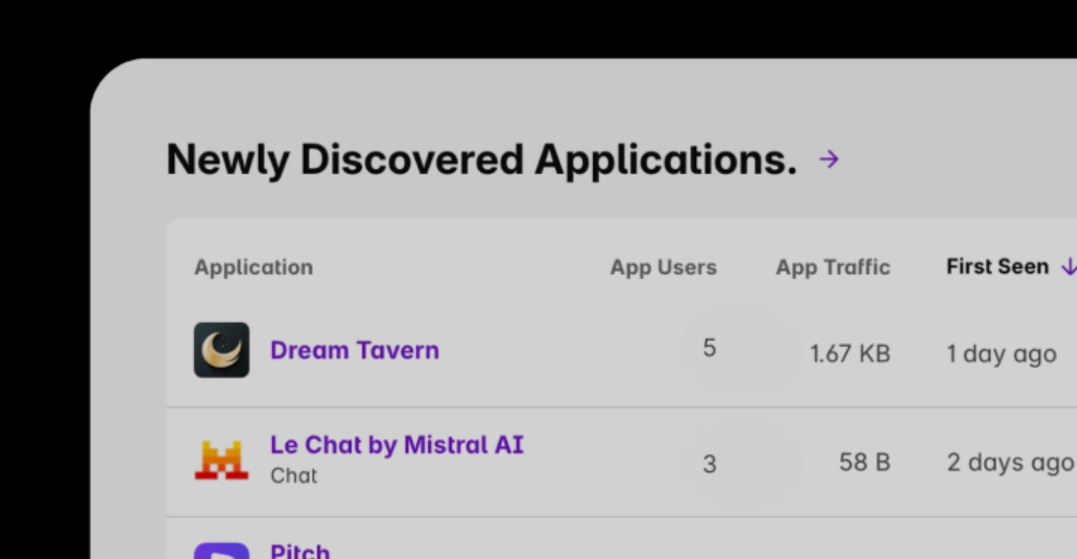An AI asset inventory is a regulatory requirement and not a nice-to-have. Frameworks like the EU AI Act explicitly mandate organizations to maintain visibility into the AI systems in use, because without discovery there is no inventory, and without an inventory there can be no governance. Shadow AI is a key component of this.
Different AI tools pose different risks. Some may quietly train on proprietary data, others may store sensitive information in jurisdictions like China, creating intellectual property exposure. To comply with regulations and protect the business, security leaders must first uncover the full scope of AI usage, spanning sanctioned enterprise accounts and unsanctioned personal ones.
Once armed with this visibility, organizations can separate low-risk use cases from those involving sensitive data, regulated workflows, or geographic exposure. Only then can they enforce meaningful governance policies that both protect data and enable employee productivity.
Read more | THE HACKER NEWS

